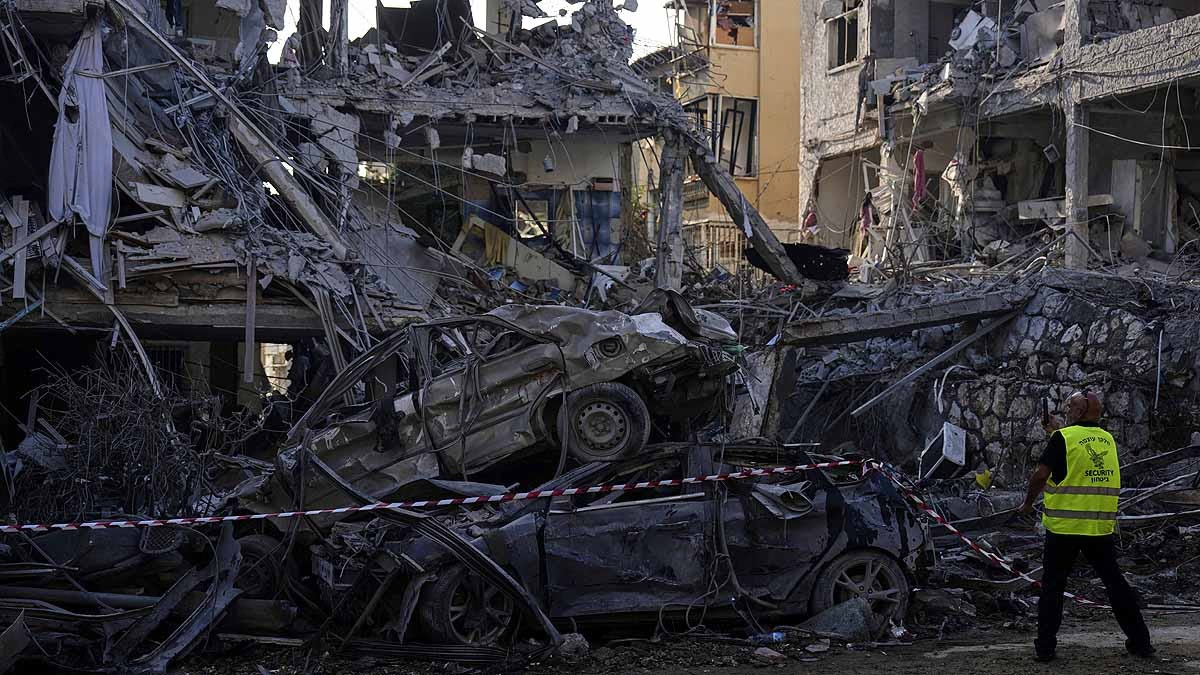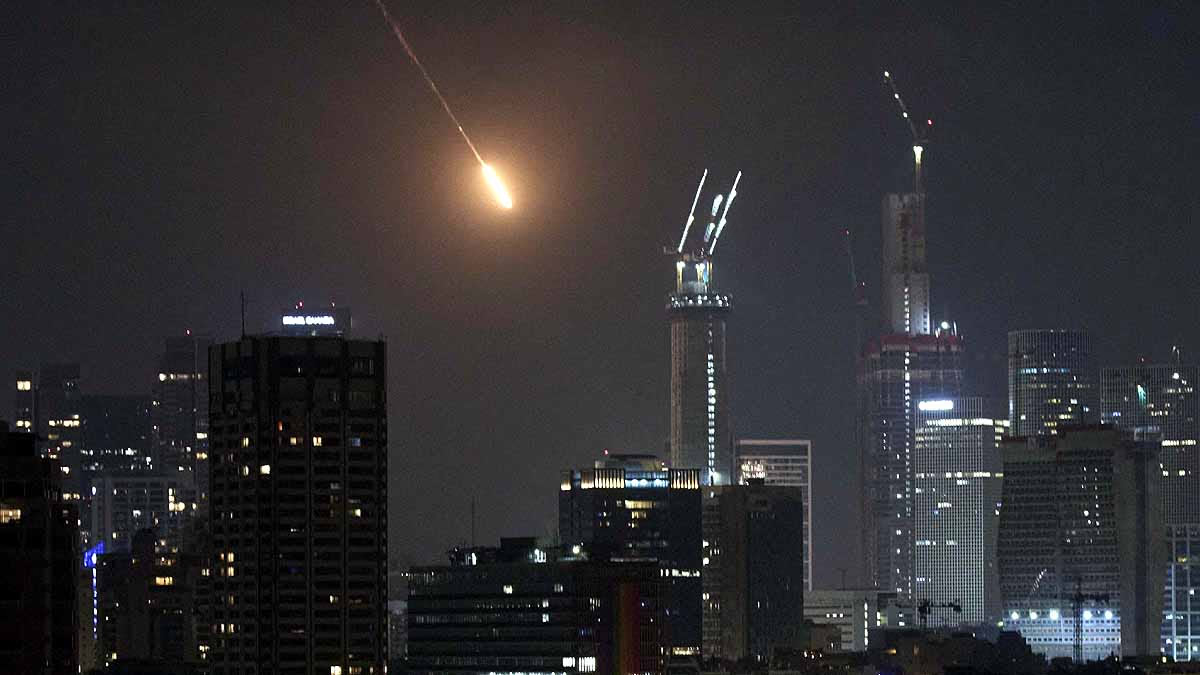
Source: aajtak
On June 14, 2025, Israel and Iran saw tensions escalate to an all-time high as Iran launched over 100 ballistic missiles and drones against Israel. Israel's famed "Iron Dome" and Home Front Command were caught unprepared.
(All photos: AP)
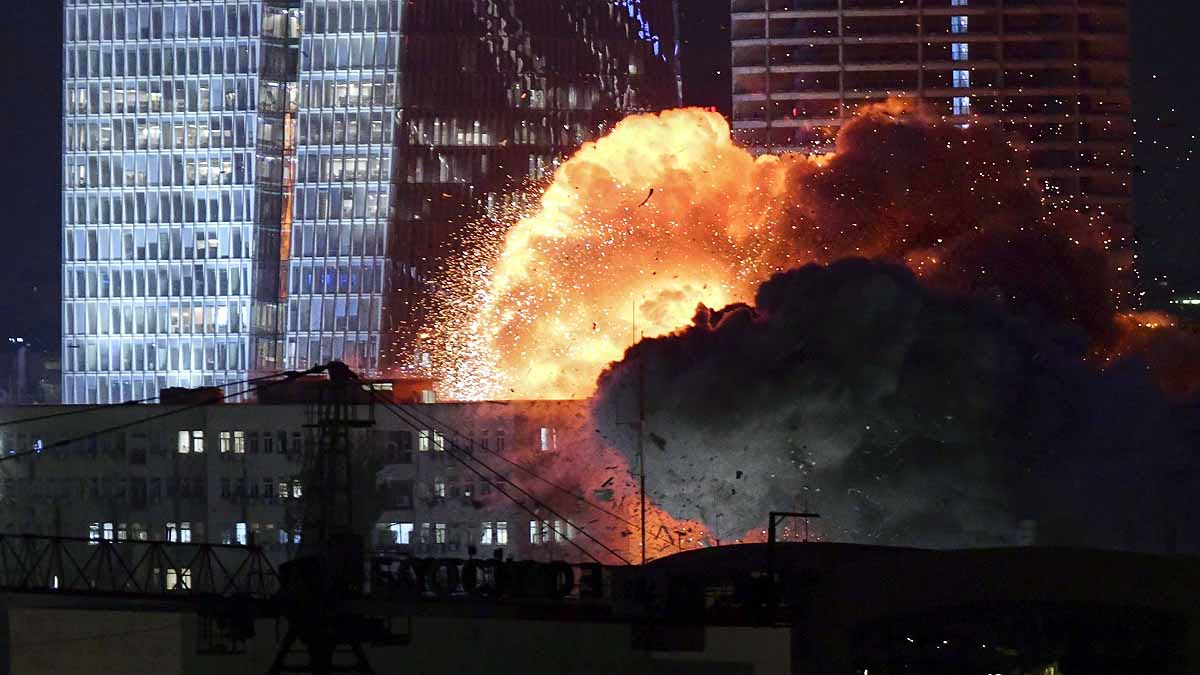
Source: aajtak
Targeting key locations like Tel Aviv, Jerusalem, and the Dimona nuclear reactor, Iran deployed missiles like Fateh-1, Fateh-2, Khorramshahr-4, Emad, and Qadr, some of which were hypersonic, traveling at speeds of 15,000–18,500 km/h—posing a formidable challenge to Israel's defenses.
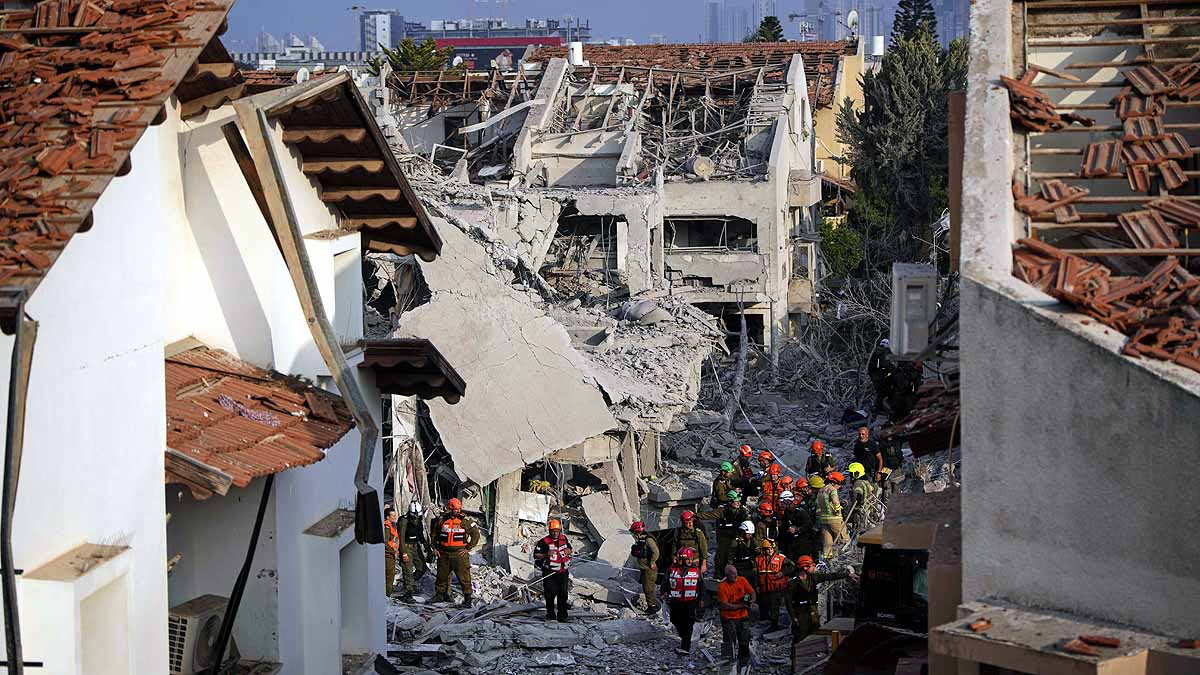
Source: aajtak
According to Israeli government data, the missiles struck 30 locations within the country, marking a significant moment for the Iron Dome, revealing its limitations against Iran's new missile technology.
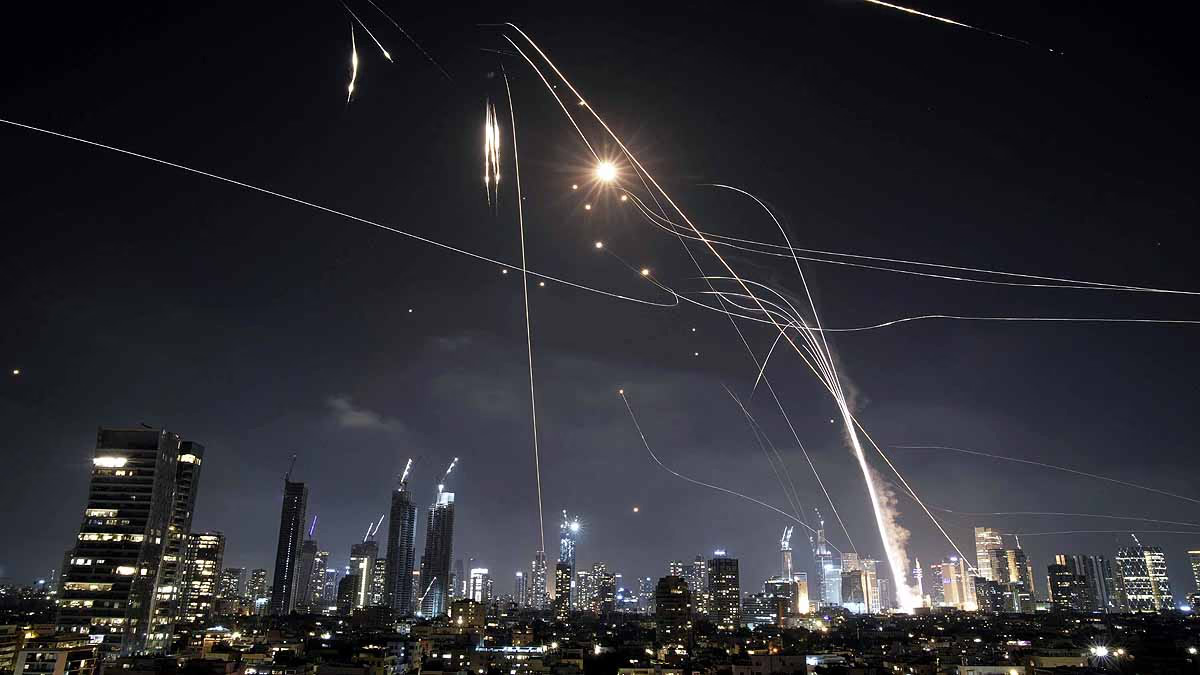
Source: aajtak
Designed to counter short-range threats, the Iron Dome appeared ineffective against the advanced Iranian missile onslaught, showing vulnerabilities in systems operational within a 70 km range.
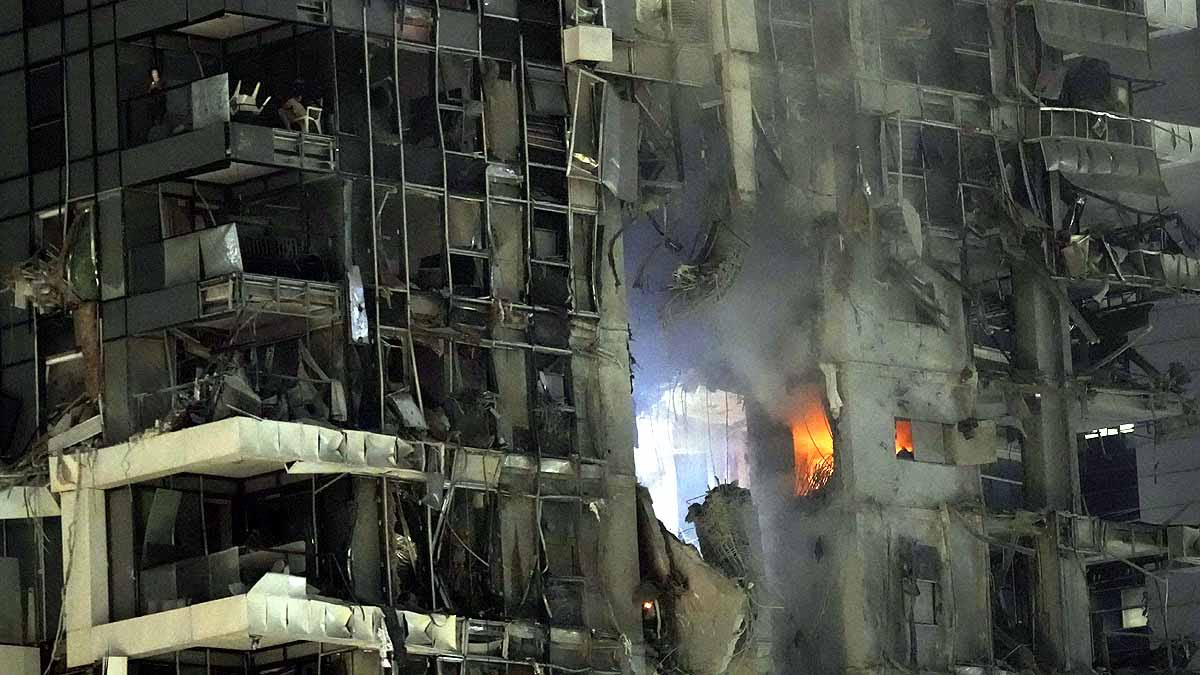
Source: aajtak
With each launcher carrying 20 interceptor missiles, Iran's hypersonic stunners like Fateh-1 and Fateh-2 moved so swiftly and unpredictably that intercepting them became challenging.
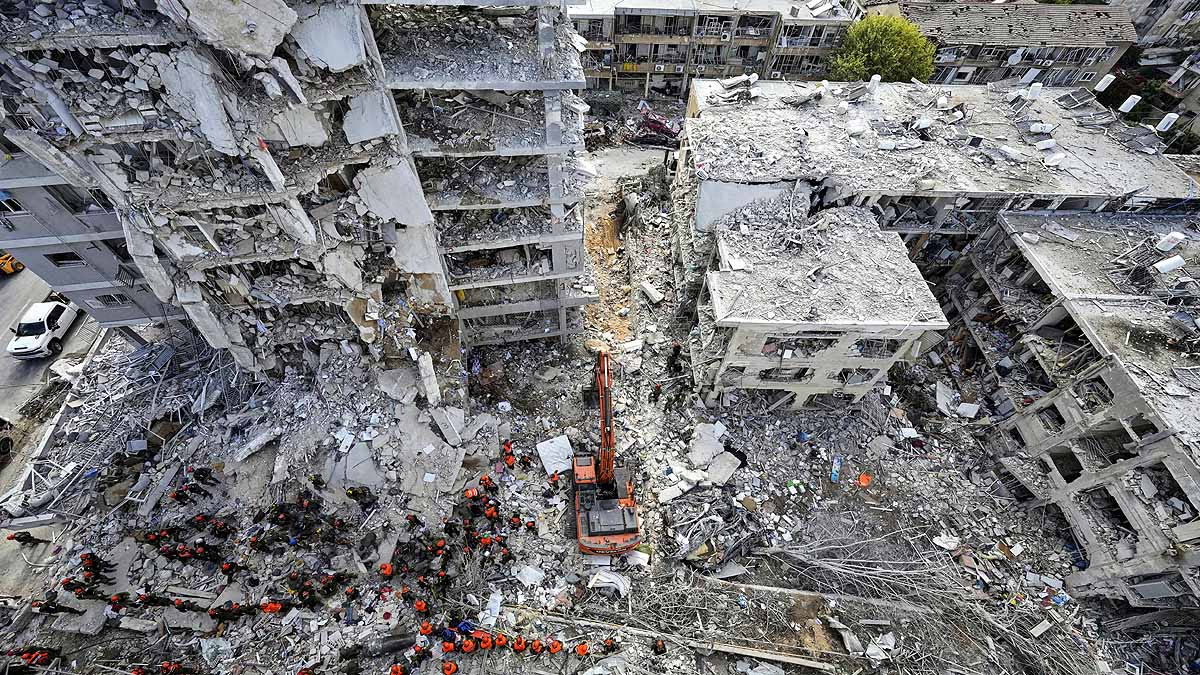
Source: aajtak
The Home Front Command, tasked with civilian protection, also seemed overwhelmed by these swift Israeli civilian defense systems which hadn't been updated in decades.

Source: aajtak
Israel's residential buildings are equipped with "MAMADs"—reinforced rooms to withstand missile attacks—but a tragic incident in Petah Tikva occurred when an Iranian missile penetrated a MAMAD wall, as confirmed by the Home Front Command.
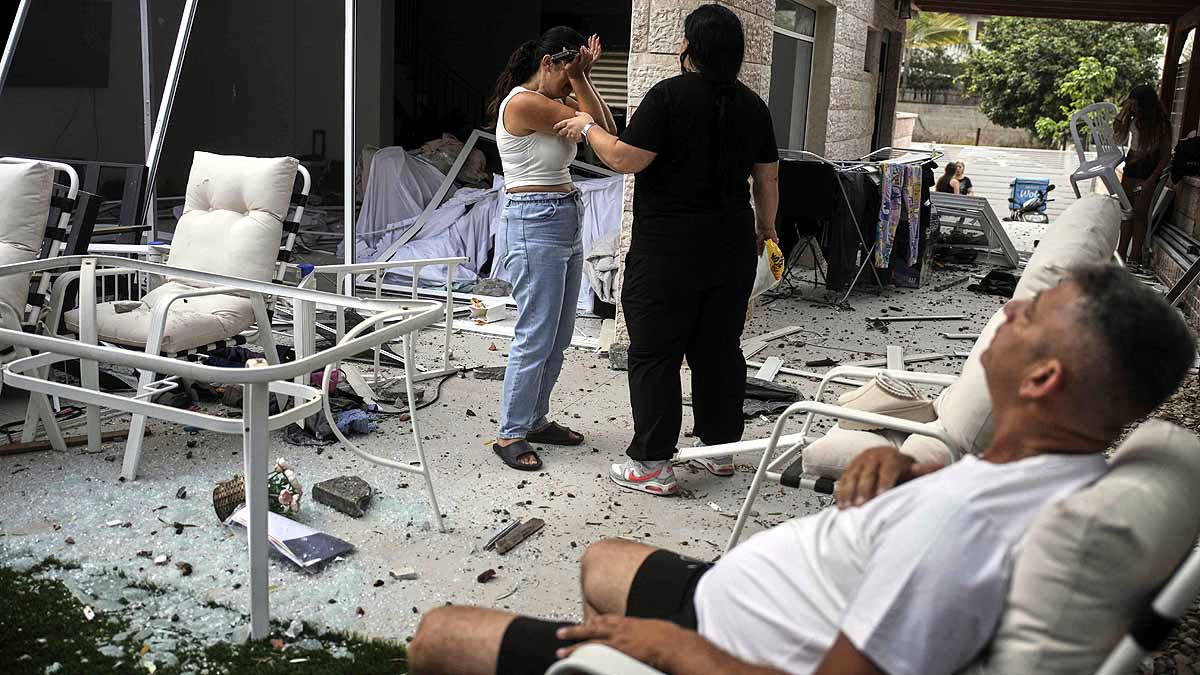
Source: aajtak
While MAMADs are designed for protection against external blasts, they are less effective against direct hits from missiles, particularly hypersonic ones, highlighting the need for system upgrades.
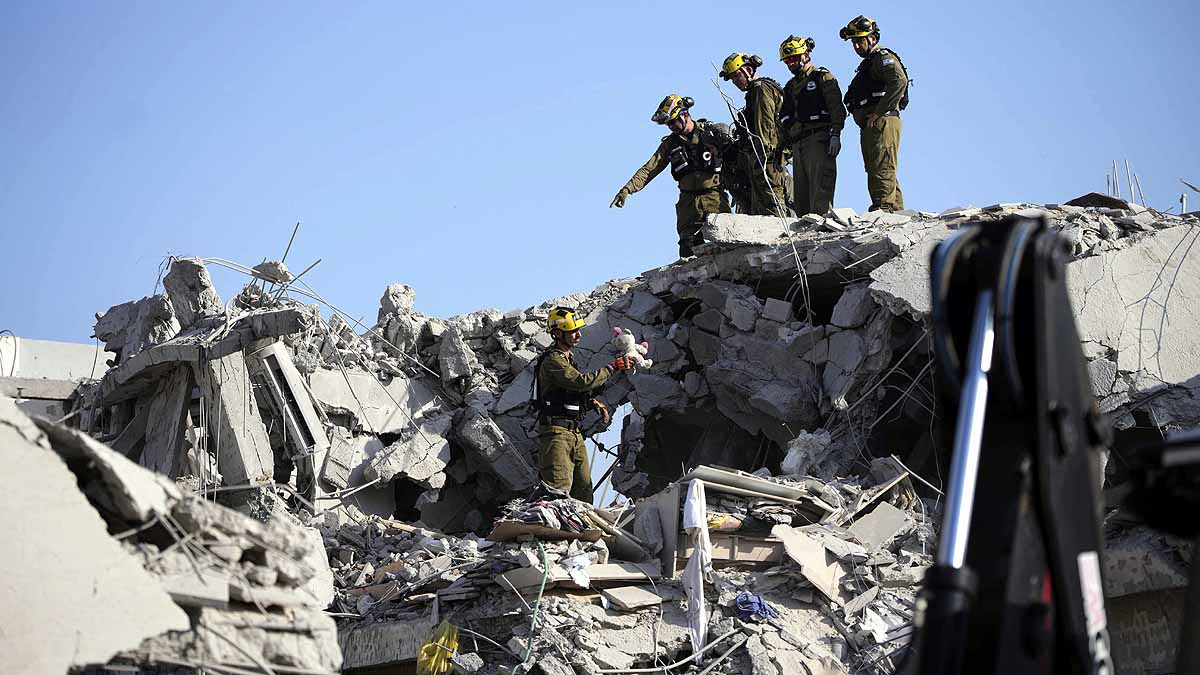
Source: aajtak
The missile barrage resulted in the tragic loss of 24 Israeli civilians and 592 injuries. These hypersonic missiles, like Fateh-1 and Fateh-2, have extraordinarily long ranges and can maneuver inside and outside the atmosphere with ranges of 1,400–1,500 km.
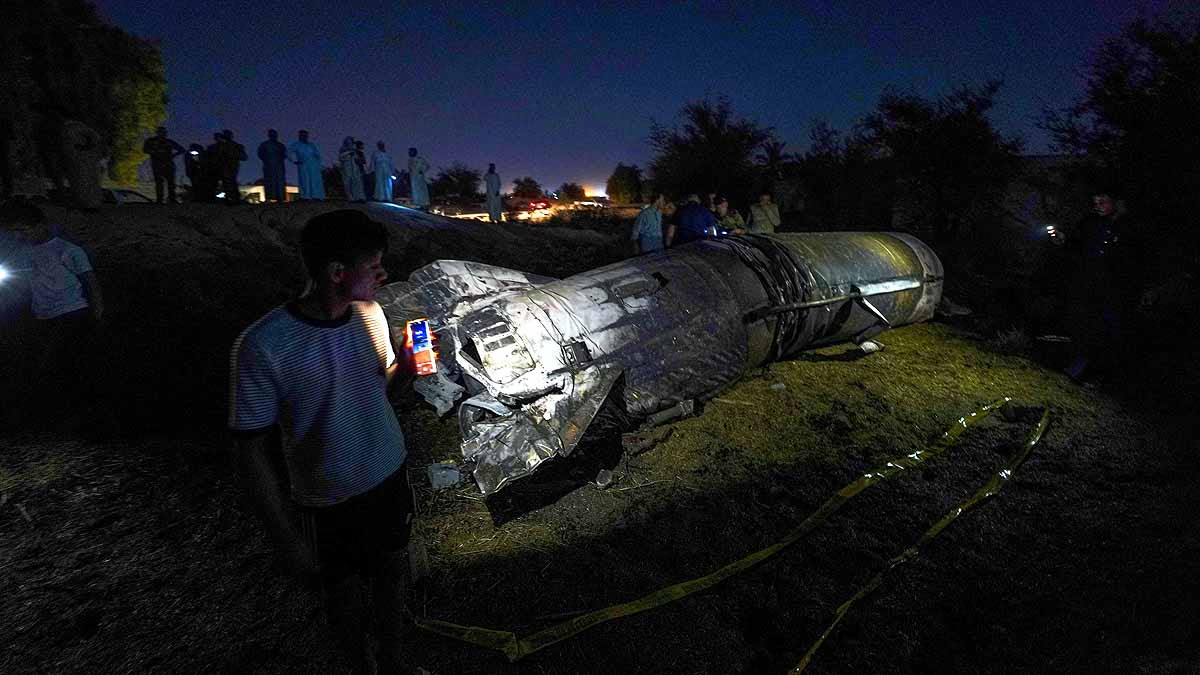
Source: aajtak
Capable of evading defense systems, other missiles like Khorramshahr-4, Emad, and Qadr were also used, with ranges of 1,200–2,000 km.
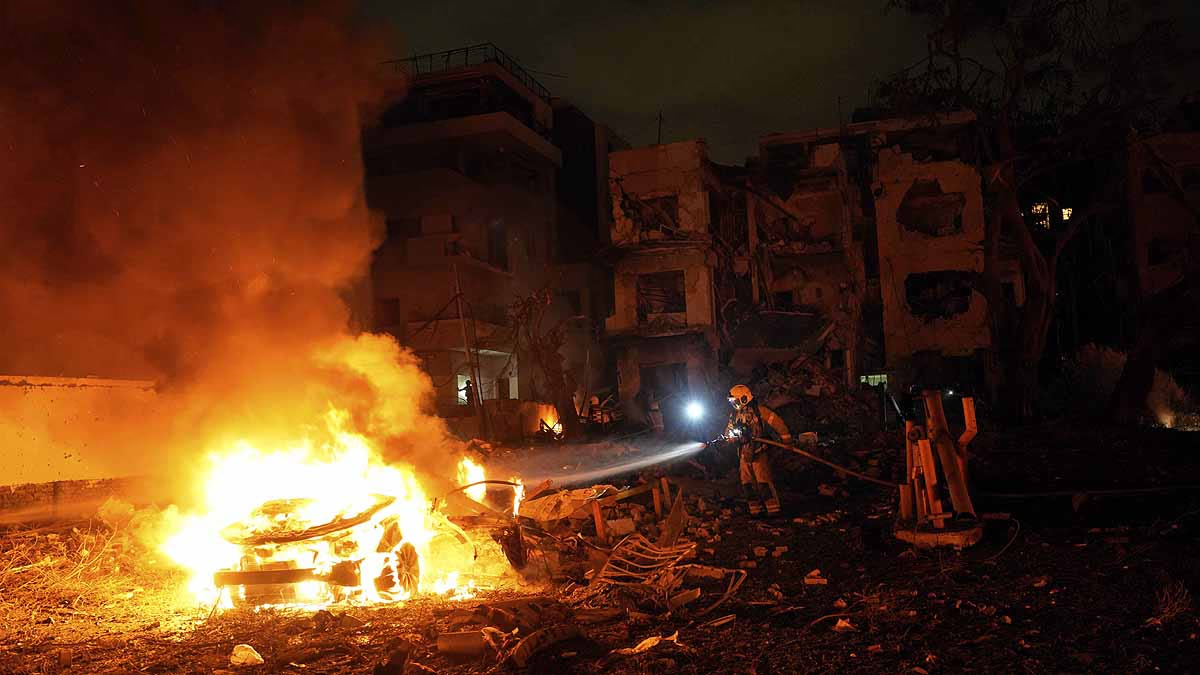
Source: aajtak
While Israel's defense systems like the Iron Dome, David's Sling, and Arrow-2/3 successfully intercepted most missiles, the hypersonic variants proved challenging, with the Iron Dome destroying 99% but 1% reaching targets, causing damage at 30 sites.

Source: aajtak
This situation underscores the necessity for Israel to modernize its defense and civilian protection systems to better combat hypersonic missile threats and ensure national security.
